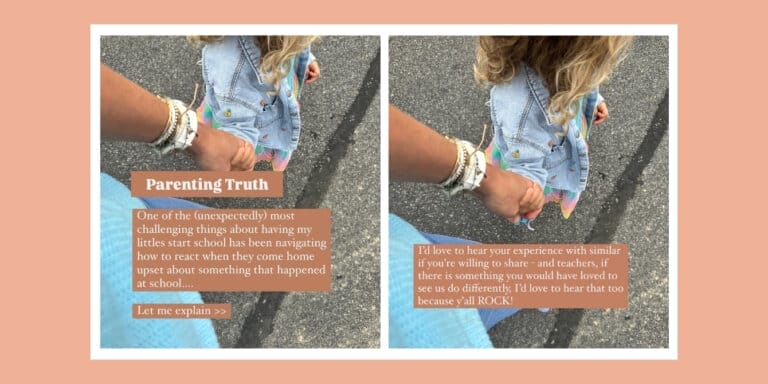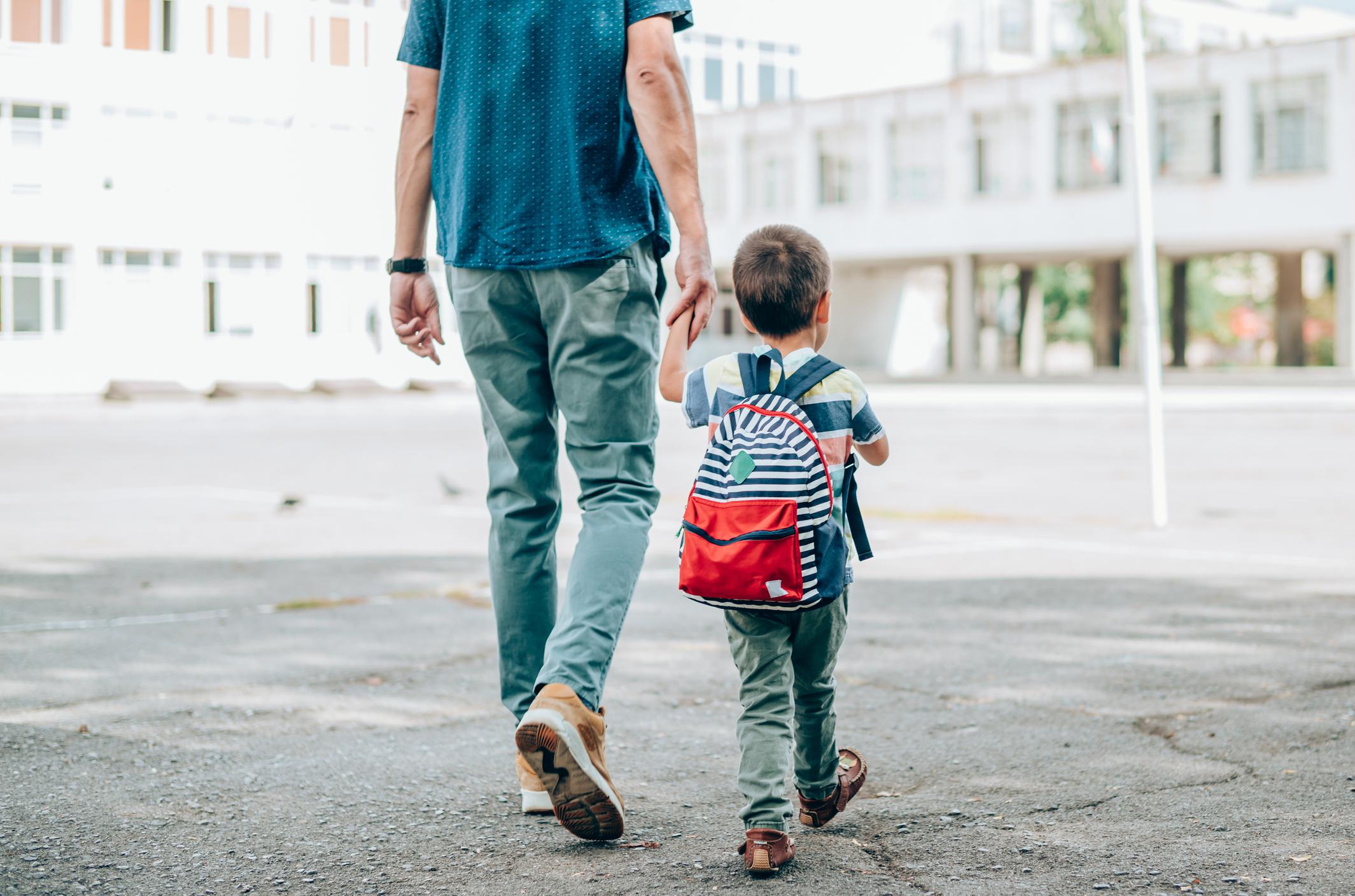Polls show a surprising number of parents may not send kids back to school

More and more parents are looking at homeschooling.
When will kids go back to school and what will it look like? These are the questions on parents’ minds these days, but more and more it looks like school will be a very different experience than what we’ve previously known when it resumes. And for some parents and teachers, it’s just too different.
A recent study published by the Susan B. Meister Child Health Evaluation and Research Center and the University of Michigan finds nearly 1 in 4 parents (21%) in Ohio, Michigan and Illinois are unsure if they’ll send kids back to school in fall.
An additional 12% are certain they will not be sending at least one of their children and just two-thirds of parents say they are likely to send kids back to in-person classrooms.
The parents were surveyed between June 12-22 and this data follows a May poll from USA Today/Ipsos that found 6 in 10 parents are considering some form of homeschooling this fall and almost a third of parents (30%) say they are “very likely” to do that.
More than half of Americans support kids returning to in-person classrooms in September, but a separate USA Today/Ipsos poll nearly 9 in 10 teachers “believe it would be hard to enforce social distancing guidelines at school” and parents are concerned about this as well.
“I want a full accounting from the school district and [their] high school about what safety measures are going to be in place to keep my kids safe,” a Michigan parent told the University of Michigan survey takers.
An Ohio parent expressed their concerns even more strongly, saying: “My children will not wear masks to school all day long and I will not send them to school if I feel they are going to a jail more than school.”
Alternatively, some parents say they are not in a position to choose.
“We have no family to babysit and do not have the funds to hire a babysitter if the kids stay home. If one of us has to stay home to watch them we will likely lose our house,” one Ohio respondent explained.
A Michigan parent said they’re not loving distance learning and want to send their child back: “I feel like (my child) gets a better education in person. I want her to be able to go to school where she can directly interact with teachers.”
The percentage of parents who won’t be sending kids back is greater in households with an annual income of less than $50,000. A full 40% of these respondents were unsure if they would send their kids back or certain that they wouldn’t send at least one of their kids.
Kao-Ping Chua is a pediatrician and assistant professor at Michigan Medicine and a lead author of the study. He is worried that kids who are already economically vulnerable will be further disadvantaged by the pandemic’s impact on education.
“The concern is that this population of vulnerable students may experience, may be more likely to experience educational disruption — potentially exacerbating disparities in education that already exist,” Chua told The Detroit Free Press, pointing out that wealthier school districts are more likely to be able to implement recommended safety measures to protect students and staff against COVID-19.
He continues: “There could be an exacerbation between rich and poor districts in terms of the ability to actually implement these measures.”
Parents who don’t feel confident in their school’s ability to implement risk-reduction measures (including requiring face coverings for school staff, alternating between in-person and online classes, staggering arrival and pickup times, daily temperature screens of students and targeted testing of pupils and staff) are less likely to send their kids back.
Likewise, teachers that don’t feel safe are less likely to go back to the classroom if they have a choice. One in 5 teachers polled by USA Today/Ipsos said they are unlikely to return to the classroom in the fall.
For parents, the possibility of fewer teachers is just another factor potentially tipping the scales toward homeschooling. The USA Today poll also showed that while Americans support reopening schools in some form, more than half of parents of school-aged kids say they are “very or somewhat likely to switch to at-home learning.”
There are so many questions and so few answers about what the 2020-2021 school year will look like. The American Academy of Pediatrics is calling for school to re-open, but in the end parents will be the ones who determine who full classrooms are come September.
Chua says a lot can change between now and September: “In our survey, parents expressed a lot of uncertainty regarding their plans for school attendance…Many are waiting to see how schools address safety and how the pandemic evolves. It’s very likely that parents’ views and plans will change as new information becomes available.”
[A version of this post was originally published May 29, 2020. It has been updated.]


































